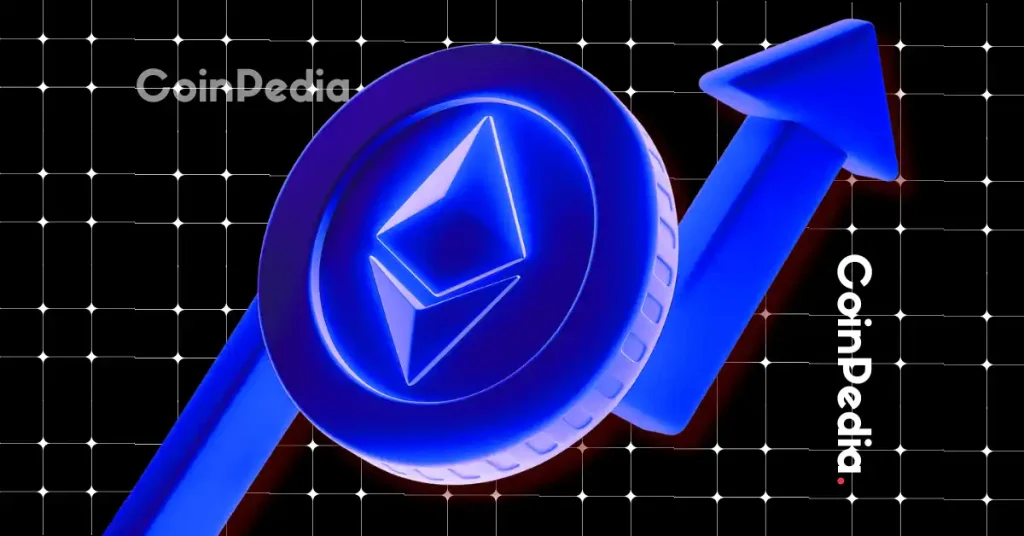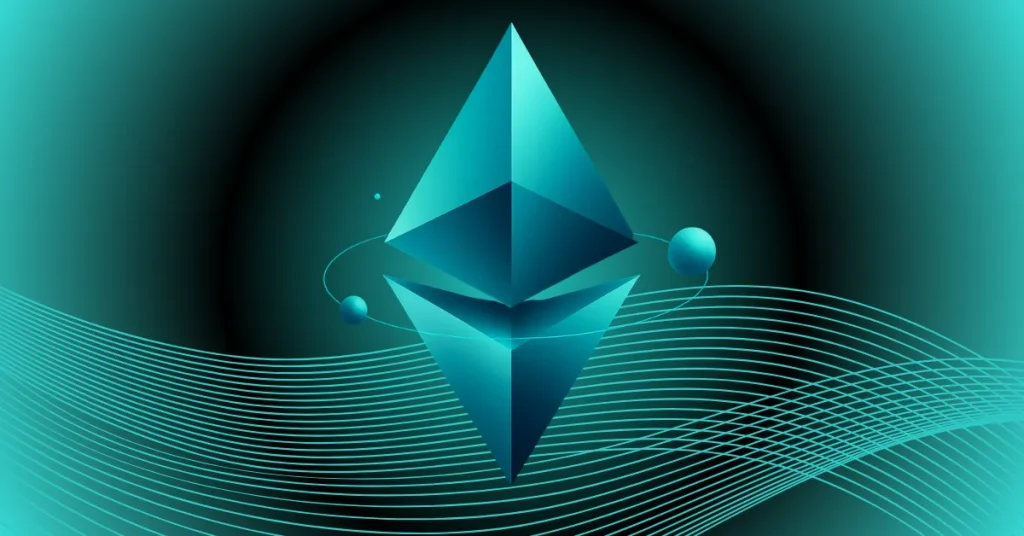
Ethereum Founder Vitalik Buterin suggests using zero-knowledge Ethereum Virtual Machines (zk-EVMs) on the Ethereum primary level. In a blog post, he believes integrating both will increase the platform’s verification process speed without affecting the network decentralization or security.
The compatibility of zk-EVMs with Ethereum’s multi-client approach
Vitalik Buterin, the creator of Ethereum, said that Ethereum is both secure and decentralized because of its multi-client philosophy. Users across the globe run nodes following a certain set of rules and specifications with the help of the platform’s team in managing implementations. Therefore, the network remains secure, and all users will be able to rely on it in the future.
In his opinion, zk-EVMs can improve the process of checking everything that happens on the blockchain. In this way, Ethereum can handle more things simultaneously, allowing it to work better and proficiently.
A zk-EVM is a virtual machine that runs smart contract transactions in a more compatible way with zero-knowledge-proof computations and the Ethereum infrastructure. It makes Ethereum work better by creating secret codes and working with other programs and apps that use Ethereum too.
Polygon, a layer 2 scaling solution, already has integrated zk-EVMs to enhance its transactional speed. The zk-EVMs integrated on Polygon, combine many transactions into a simple proof, allowing the Ethereum’s network to execute them smoothly.
The Ethereum co-founder also believes that besides using zk-EVMs protocols, we can also benefit from integrating it with the network’s base layer (L1). In this way, the network’s base layer verification problem can be resolved, he further said:
Once that happens, zk-EVMS de-facto become a third type of Ethereum client, just as important to the network’s security as execution clients and consensus clients are today.
Using zk-EVMs to improve ethereum’s base layer
In his blog, Buterin also laid out ways to deploy zk-EVMs on the ethereum network and talked about the problems that could arise while doing so.
The creator of Ethereum talked about the idea of using the base layer as a clearinghouse for L2 protocols. This would force most activities to move there, but it would have the drawback of making existing L1-based protocols too expensive to use, and the transaction fees would increase.
A possible way to deploy zk-EVMs on the Ethereum network is to create a new type of zk-EVM that verifies the execution of an L1 Ethereum block. Though it may pose some difficulties, Buterin is confident that developers can overcome them. In his words:
With these technologies in place, the future looks very good. Ethereum blocks would be smaller than today, anyone could run a fully verifying node on their laptop or even their phone or inside a browser extension, and this would all happen while preserving the benefits of Ethereum’s multi-client philosophy.
The post Ethereum creator Vitalik Buterin pushes for implementation of zk-EVMs appeared first on Invezz.















 English (US) ·
English (US) ·